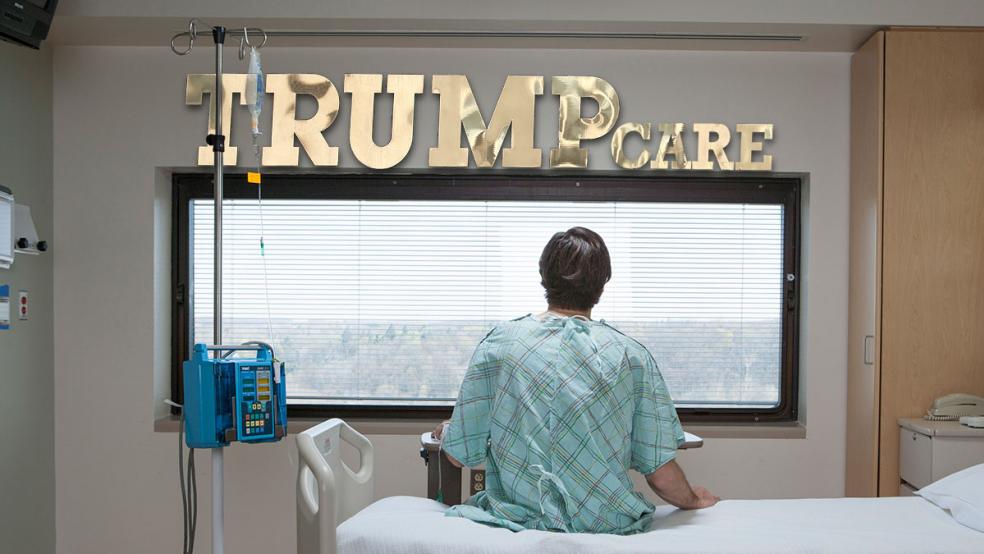The latest act in the legislative Kabuki surrounding Republican attempts to do away with the Affordable Care Act was the release by the Senate Budget Committee on Wednesday of the Obamacare Repeal Reconciliation Act of 2017. A new alternative to the previously released Better Care Reconciliation Act, the ORRA is commonly referred to as the “repeal and delay” bill, because rather than propose a replacement for the ACA, it simply repeals it, effective two years after the bill becomes law.
There’s a real question as to whether the ORRA will actually get a vote in the Senate, just as the fate of the BCRA remains unclear. But because Senate rules require a Congressional Budget Office score of the legislation, the budget watchdog delivered one -- and the numbers are hideous.
Related: Can Trump Raise the Dead? Senate to Vote One More Time to Repeal Obamacare
Before jumping into them, though, it’s important to add one caveat. The ORRA is effectively a placeholder. The idea is to give the Republican Party an interim “win” by allowing members to claim that they voted to repeal Obamacare. The two-year delay is meant to give them time to craft a replacement to the health care law.
So when the CBO looks at the bill and finds that within a decade the proposal would leave 32 million fewer Americans insured, cause insurance premiums for those who remain insured through the individual market to double, and leave 75 percent of Americans living in a counties with no insurance available on the individual market, Republicans have a built-in counter-argument. The CBO, they will rightly claim, is looking at effects that are never meant to take place.
Of course, that same argument applies to the CBO’s estimate that the bill would drive down the federal deficit by $473 billion over a decade, representing a $1,429 billion reduction in outlays offset by $956 billion in tax revenue lost to the repeal of various taxes imposed under the ACA.
The effects of a straight repeal without a replacement are so terrible, the argument goes, that Congress will be spurred to action. Bipartisan cooperation will flourish, and a better health care bill will be born. (Anybody who remembers the Budget Control Act of 2011, in which the manifestly horrible policy of budget sequestration was supposed to inspire Congress to cut a bipartisan deal to prevent it, can be forgiven for doubting the wisdom of this plan.)
Related: Trump’s Health Care Bluff Has Been Called. Now What?
But CBO’s score of the bill isn’t limited to its effects after the full repeal takes effect two years out. Even in the first year after passage, despite the delay of actual repeal, CBO estimates that the bill would drive down the number of Americans covered by insurance by 17 million. This would be due, in large part, to the elimination of the individual mandate, which requires people to obtain insurance or pay a penalty.
One of the follow-on effects of the elimination of the mandate would be an estimated 25 percent increase in premiums, in the first year after passage, for people who still purchase plans through the healthcare exchanges created by the ACA. This would be a factor of a changing risk pool, in which sick people continued to pay for coverage while healthier people dropped out, forcing insurance companies to compensate by raising premiums.
Given the confusion generated by President Trump’s unexpected demand on Wednesday that the Senate continue to work on its ACA replacement proposals that had mostly been given up for dead, the relevance of the ORRA, and its ugly budget score, are unclear. But were it to ever come up for a vote, Democrats would no doubt salivate at the idea of vulnerable Republicans putting their names on it.





